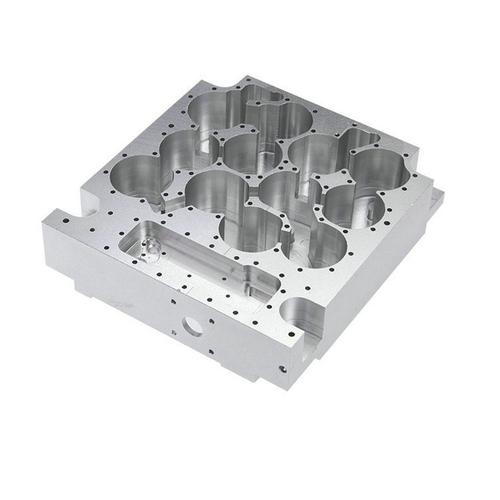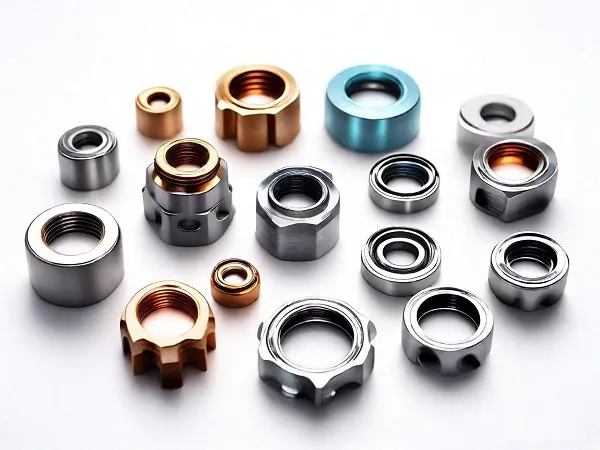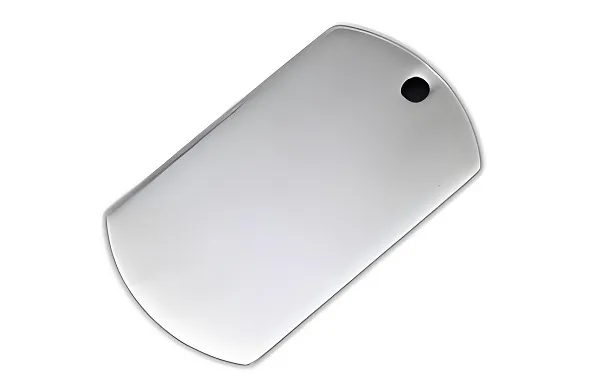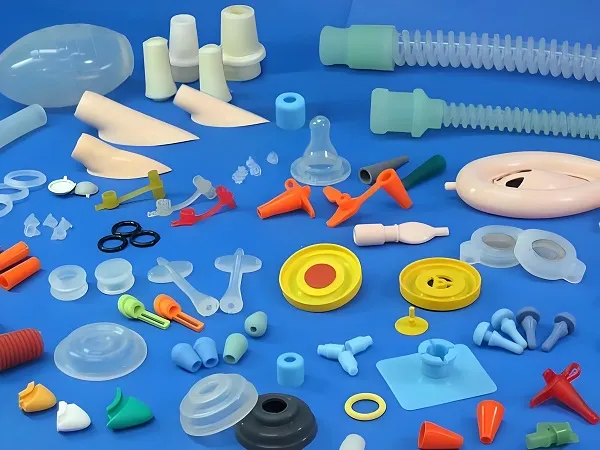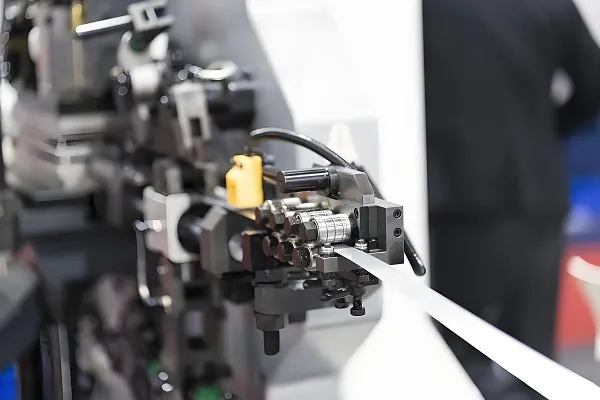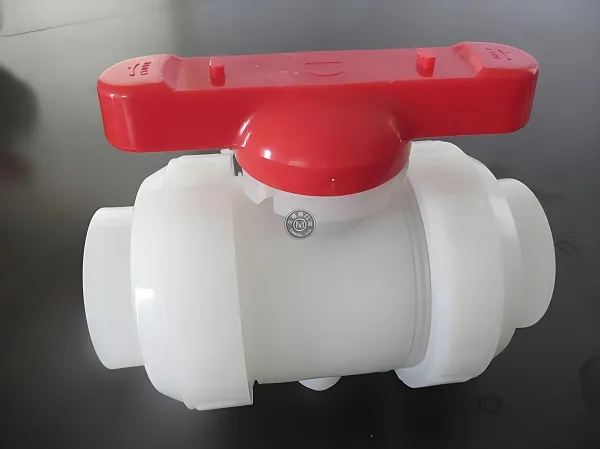1. Technical Definitions and Core Principles
1.1 Casting Technology
Definition: A process of producing 3D metal components by solidifying molten metal in a mold cavity with cores and inserts. It is suitable for manufacturing metal parts with complex geometries.
Core Process:
Core Process:
- Melting Stage: Metal raw materials (e.g., iron, aluminum, copper) are heated to a liquid state in a furnace (temperatures: aluminum 660°C, steel 1500°C+).
- Mold Filling: Liquid metal is poured into the mold cavity by gravity or pressure (e.g., sand molds, metal molds).
- Solidification:
- Nucleation: Small solid particles (nuclei) form as the molten metal cools below its melting point (cooling rate affects grain size; die casting can reach 10-100°C/s).
- Crystal Growth: Nuclei grow into grains, with directional solidification techniques controlling grain orientation to enhance strength.
- Post-Processing: Sand removal, deburring, heat treatment (e.g., aging), and surface treatment (e.g., electroplating).
Advantages:
- Complex structure forming: Capable of producing parts with hollow sections and irregular contours (e.g., engine blocks).
- High material utilization: Scrap can be recycled, reducing batch production costs (mold amortization can lower unit costs by 30-50%).
Limitations:
- Larger tolerance: Sand casting tolerance is ±0.5mm, die casting ±0.1mm (lower than CNC machining’s ±0.0025mm).
- Rough surface: Surface roughness (Ra) typically 1.6-12.5μm, requiring secondary processing.
1.2 Machining Technology
Definition: A process of achieving precise dimensions and surface accuracy by removing material from workpieces using cutting tools, primarily controlled by CNC (Computer Numerical Control).
Core Process:
Core Process:
- Programming: Generating G-code from CAD models to control tool paths (e.g., milling feed rates 100-3000mm/min).
- Cutting:
- Milling: Rotating tools machine planes and grooves (5-axis milling for complex surfaces like turbine blades).
- Turning: Workpieces rotate while tools feed to produce axisymmetric parts (e.g., shafts, precision up to IT6 grade).
- Grinding: Grinding wheels finish surfaces to achieve Ra 0.3μm.
- Inspection: Coordinate Measuring Machines (CMM) check dimensional accuracy (precision ±0.001mm).
Advantages:
- High precision: CNC machining tolerances as low as ±0.0025mm, suitable for medical implants (e.g., artificial joints) and aerospace components.
- Diverse material compatibility: Processes metals (e.g., titanium alloys) and non-metals (e.g., PEEK, ceramics).
Limitations:
- Material waste: Cutting removal rates can reach 30-70% (e.g., aerospace monolithic structures).
- Challenging internal features: Deep cavities and intersecting holes require multi-step operations, reducing efficiency.
2. Process Types and Technical Parameter Comparisons
2.1 Casting Processes
| Process Type | Mold Material | Typical Tolerance | Production Volume | Suitable Materials | Applications |
|---|---|---|---|---|---|
| Sand Casting | Quartz sand/resin sand | ±0.5mm | Small to large batches | Cast iron, steel | Engine blocks, machine bases |
| Die Casting | H13 tool steel | ±0.1mm | Large batches | Aluminum, zinc alloys | Car wheels, electronic radiators |
| Investment Casting | Wax mold + refractory coating | ±0.3mm | Small to medium batches | High-temperature alloys, stainless steel | Aerospace turbine blades |
2.2 Machining Processes
| Process Type | Tool/Equipment | Typical Tolerance | Surface Roughness Ra | Material Removal Rate | Applications |
|---|---|---|---|---|---|
| 5-Axis Milling | Carbide end mills | ±0.005mm | 0.8-3.2μm | 20%-50% | Complex curved parts (e.g., impellers) |
| Turning | Ceramic turning tools | ±0.01mm | 1.6-6.3μm | 10%-30% | Shafts (e.g., crankshafts) |
| EDM (Electrical Discharge Machining) | Copper electrodes | ±0.003mm | 0.4-1.6μm | Low (non-contact) | Precision holes in hard materials (e.g., tungsten steel molds) |
2.3 Key Technical Parameter Comparison
| Dimension | Casting | Machining |
|---|---|---|
| Design Freedom | Suitable for complex internal/hollow structures | Suitable for sharp edges, fine surface textures |
| Production Efficiency | High for mass production (reusable molds) | Fast for prototyping/small batches (no mold needed) |
| Material Strength | Directional solidification achieves near-raw material strength | Retains dense structure, higher strength |
| Environmental Impact | Generates metal fumes, CO emissions | Cutting fluid pollution, metal scrap |
3. Industry Applications and Selection Guidelines
3.1 Industry Application Comparison
| Industry | Casting Advantages | Machining Advantages |
|---|---|---|
| Automotive | Engine blocks, gearboxes (die casting) | Precision gears (CNC milling) |
| Aerospace | Titanium alloy structures (investment casting) | Aerospace bolts (5-axis turning) |
| Medical Devices | Prosthesis blanks (lost-wax casting) | Joint surface finishing (grinding) |
| Electronics | Aluminum alloy casings (low-pressure casting) | Micro connectors (precision milling) |
4. Technological Development Trends
-
Casting Technology:
- Digital Transformation: Simulation software (e.g., Moldflow) optimizes filling processes to reduce porosity.
- Green Processes: Sandless 3D-printed molds (e.g., binder jetting) minimize environmental impact.
-
Machining Technology:
- Intelligentization: AI-adaptive cutting systems (e.g., FANUC i-Ai contour control) optimize parameters in real time.
- Hybrid Machining: Turn-mill composite machines (e.g., MAZAK INTEGREX) enable multi-process machining in one setup.
-
Process Integration:
- Near-Net Shape + Precision Machining: Casting for rough shapes followed by CNC for precision, reducing material waste by 30%.
5. Conclusion
Choosing between casting and machining depends on design requirements, strength, precision, and production scale. Machining is ideal for high-precision, low-to-medium volume, and diverse material needs. Casting suits complex geometries, large sizes, and mass production.
Modern manufacturing increasingly integrates both technologies—casting for basic shapes and CNC for finishing—to achieve high-quality, cost-effective results.
RapidDirect, a leading provider of CNC machining and metal casting, offers multi-axis CNC and die casting services globally, along with custom mold fabrication. For prototyping, vacuum casting provides cost-effective solutions without high mold costs.
Modern manufacturing increasingly integrates both technologies—casting for basic shapes and CNC for finishing—to achieve high-quality, cost-effective results.
RapidDirect, a leading provider of CNC machining and metal casting, offers multi-axis CNC and die casting services globally, along with custom mold fabrication. For prototyping, vacuum casting provides cost-effective solutions without high mold costs.
Common Questions
-
Are screws cast or machined?
While castable, screws are better machined for precise thread strength. CNC threading tools handle various sizes, even small screws via Swiss machining. -
Which is stronger: cast or machined aluminum?
Machined aluminum retains raw material properties, while cast aluminum’s strength depends on grain structure. -
How to choose between die casting and CNC machining?
Die casting for mass production of complex shapes; CNC machining for small batches with tight tolerances.

